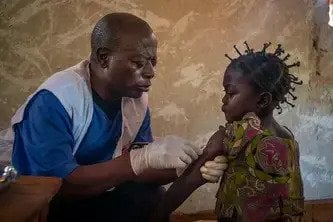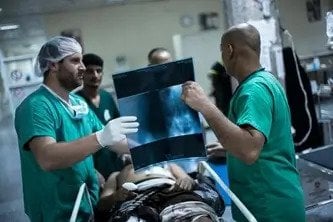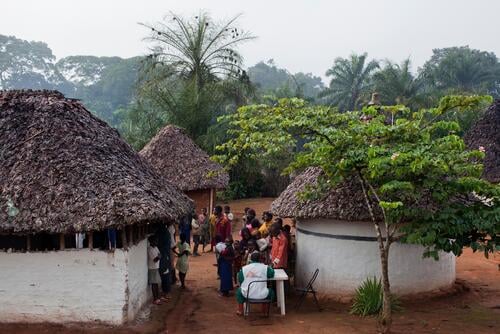A neglected tropical disease, kala azar is caused by a parasite, spread to humans through the bite of infected female sand flies. It attacks the immune system and is almost always fatal if not treated.
Also known as visceral leishmaniasis, kala azar is the most serious form of leishmaniasis and is endemic in 76 countries, with hundreds of millions at risk of infection. There are between 50,000 and 90,000 new cases a year, about 90 per cent of which occur in Brazil, Ethiopia, India, Kenya, Somalia, South Sudan and Sudan. Between 1989 and 2020, MSF teams treated nearly 150,000 people for kala azar; over a third in South Sudan.
Diagnosis and treatment of the disease, especially of the variety found in eastern Africa, can be complex and painful.
Featured

Increasing numbers, unchanging needs

The disease of the 'untouchables'

A circus of pain and relief - kala azar in Somalia

Deadly kala azar is still forgotten

Kala azar kills thousands each year

In southern Sudan, this tree is the only hospital for miles

Better access to treatment for Ethiopian kala azar patients

Kala azar complicates HIV/AIDS treatment in Humera

Kala azar outbreak in Ethiopia as rainy season begins

Drugs for Neglected Diseases Initiative (DNDi): matching needs and opportunities

Kala-Azar epidemic threatens thousands in South Sudan

Heavy rains in northern Sudan leave kala azar project virtually isolated

MSF Field Research
We produce important research based on our field experience. So far, we have published articles in over 100 peer-reviewed journals. These articles have often changed clinical practice and have been used for humanitarian advocacy. All of these articles can be found on our dedicated Field Research website.
Visit site



